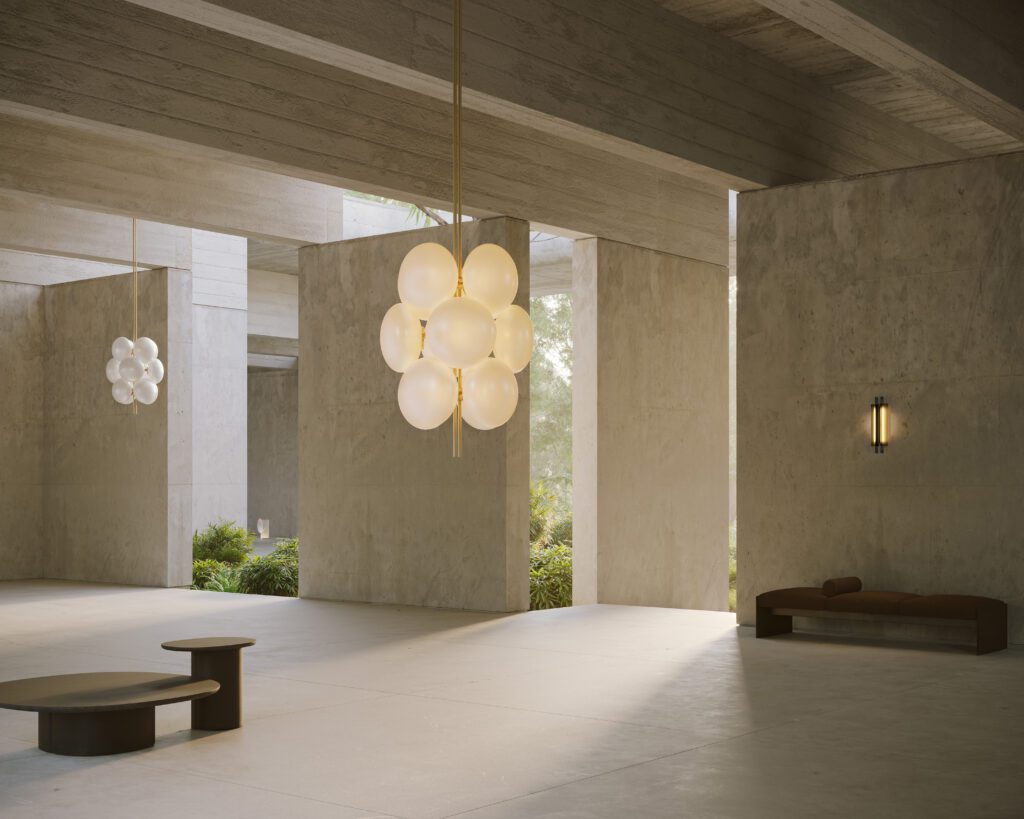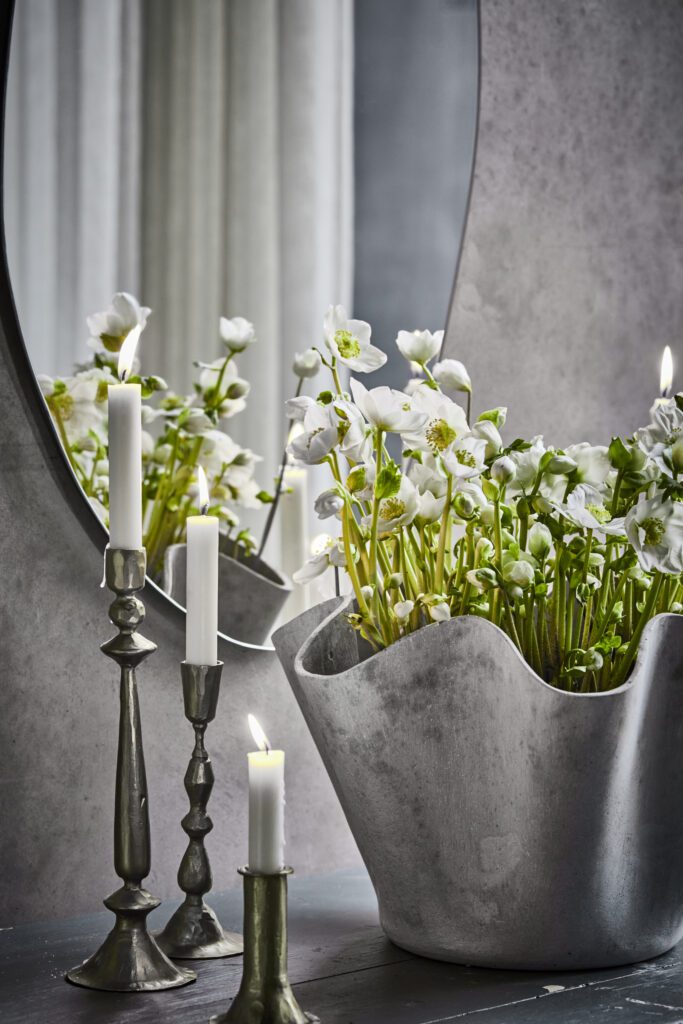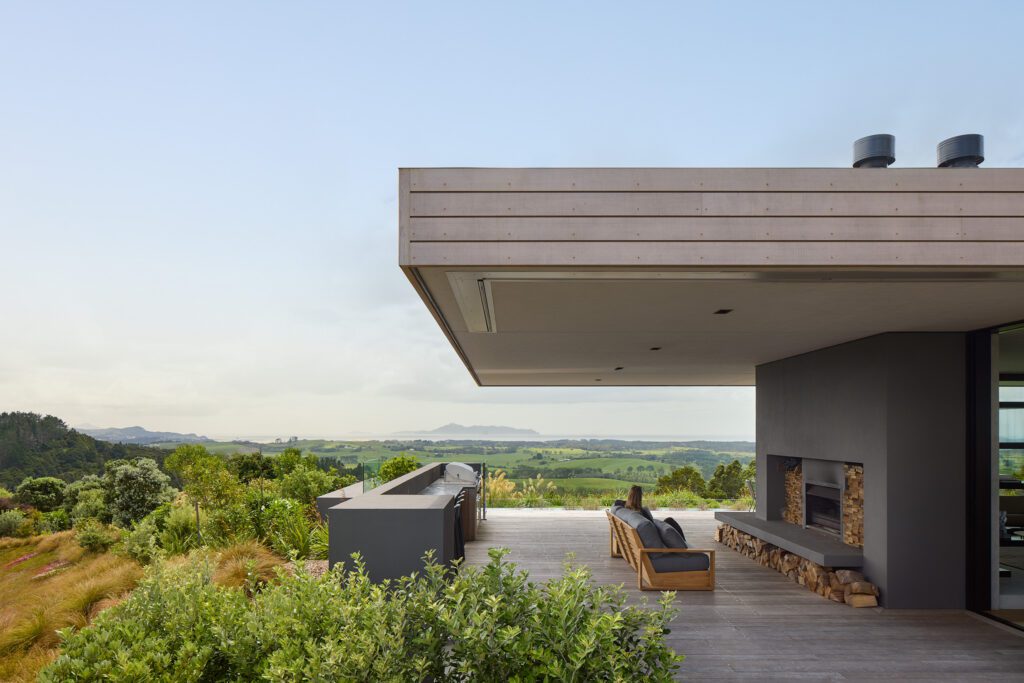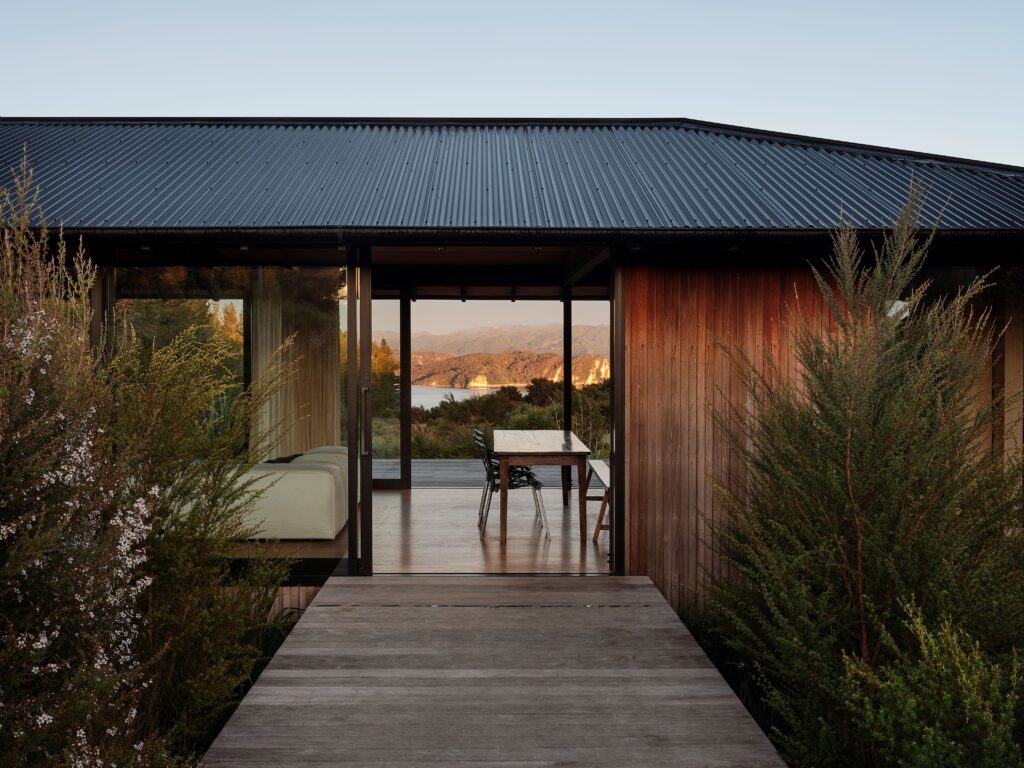Near Gisborne, Jeremy and Anne Salmond create a home and eco-sanctuary, regenerating a once-magnificent landscape
A home and eco-sanctuary alongside the Waimata River
Follow the snaking gravel track alongside the Waimata River, 9km out of Gisborne, and you will find a rare and beautiful slice of riverside bush. Thanks to the dedication of Dame Anne and Jeremy Salmond, this protected area is now alive with the sound of tui, bellbirds, piwakawaka and kereru. The Longbush Ecosanctuary is also home to a host of endangered native bird, plant and animal species, some of which had disappeared from the area entirely.
Jeremy and Anne have a long and close history with the Waimata River, particularly Anne, who grew up in the area. On scorching hot days when she was a child, Anne and her brothers and sisters would avoid the local beaches, jump on their bikes and ride out to swim and picnic under the leafy canopy. “Before Cyclone Bola there was a fantastic water hole here for swimming,” Anne remembers. “Under the trees was always the coolest place to be on a hot summer’s day.”
Years later, Jeremy and Anne would visit Gisborne and come to this quiet spot to wander around and talk when they were courting. “We always thought it would be a wonderful place to build a house,” says Anne. “I love the view down the valley and the way the surrounding hills make a perfect circle of the sky above you.”
In 1998 while visiting Anne’s mother, the couple drove up to Longbush and discovered it was for sale. “One hundred and twenty hectares was a daunting amount of land,” says Jeremy. “It was assumed someone would buy it for grazing or forestry, but we had other ideas.” They made an offer on the property and a year later, it was theirs.
Before the Salmonds’ purchase, Longbush had been grazed by stock and used as a dumping site. It was overrun with invasive weeds, possums, rats, stoats and feral cats. For Jeremy, an architect, and Anne, a historian, the rehabilitation process was a case of learning as they went. “We were a bit naïve at first,” Jeremy admits. “The idea was to stop the degeneration that land clearance, erosion and pests were causing. We started fencing off parts of the bush to keep the stock out, then the weeds ran riot, so we had to start spraying them.” Gradually they fenced more and more of the property and developed a 10-year regeneration plan – a massive and, at times, overwhelming task.

In 2003, Ecoworks pitched in with an intensive pest-control programme and the area was formally protected with a QEII Covenant. Over the years, a network of experts, friends and volunteers have rolled up their sleeves to help out at Longbush. You can feel the sense of optimism and community spirit in the air.
[quote title=”” green=”true” text=”It has been a real labour of love and a wonderful collective experience” marks=”true”]
Today, the combined effects of fencing, replanting and pest eradication on the property are impressive. More than 100 species of native plants have been recorded at the sanctuary and wildlife is flourishing. The native robin, which had been extinct in the Poverty Bay area for more than 100 years, has been successfully reintroduced. A rare one-metre high Black Orchid has also reappeared at Longbush, now that rats and possums are no longer feeding on the tubers of this striking native plant.
With a busy life in Auckland and family to stay with in Gisborne, the Salmonds initially felt no pressure to build a house on the land. For 10 years they visited regularly and worked on the property, before deciding it was time to establish a more permanent base. A garage was designed and constructed from which to run the project. Solar panels for water and power were fitted as a rational and less expensive solution to using electricity from the grid.
Jeremy’s brother Mike built much of the house single-handedly while living on site in a caravan for two years. There were many long discussions between the brothers during the process. Jeremy, who designed the house, describes it as a “slow-cooked house”, created thoughtfully with good materials and allowed to happen at its own pace.
With a compact footprint and classical double-storey form, the Longbush house is the perfect dwelling for a couple. A low mono-pitch roof tilts to the north and sheltering eaves protect the house from the harsh extremes of the weather. The interior has the fine-grained quality of a handmade piece of furniture. It is warmly inhabited, well-stocked with books (many written by Jeremy and Anne) and plenty of comfortable places to sit and read them. Jeremy describes it simply as “one room on two levels connected by a void”.

On the ground floor, the kitchen morphs into a lofty double-height lounge; upstairs are two generous bedrooms and a bathroom. The view from the main bedroom is a magnificent sweep of the valley and Waikereru Hills. Jeremy and Anne like to start the day with a cup of tea on the north-facing deck off their bedroom, contemplating this outlook. “I love how the view puts you up in the sky,” says Anne.
As the public became increasingly interested in the work they were doing at Longbush, Jeremy and Anne realised the need for a space to accommodate both visitors and volunteers. They were delighted when Sarosh Mulla, a talented young architectural graduate, offered to design a Welcome Shelter as part of his PhD at the University of Auckland.

The sanctuary’s completed shelter is an elegant series of three dark-stained volumes with a roof hovering above them. Intended as an outdoor classroom, the shelter has space for practicalities such as storage, a composting toilet and rainwater collection. There is room for volunteers and hikers to meet and share meals and a lookout tower with a spectacular view of the surrounding hills.
Perhaps most impressively, the Longbush Welcome Shelter was designed and constructed with a zero budget. Keen to avoid the pitfalls of the usual development model, Mulla wanted to push another agenda of sustainability and restoration without incurring a single dollar of debt. And with the help of 88 sponsors and more than 100 volunteers, he did exactly that. The project has been “all about how to make architecture a community endeavour again”, he says.
In keeping with its founding principles, entry to Longbush is free to visitors. There is something inspiring and uplifting about a place where like-minded people can share knowledge and work together to make things better for everyone.
Words by: Maria Majsa
Photography by: Patrick Reynolds







